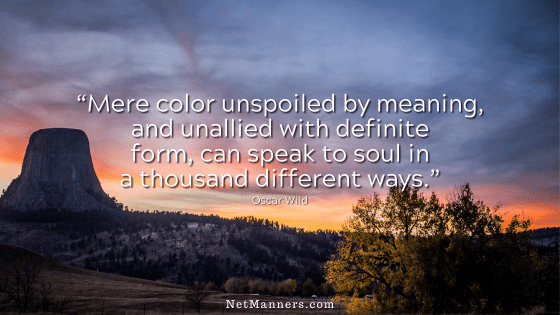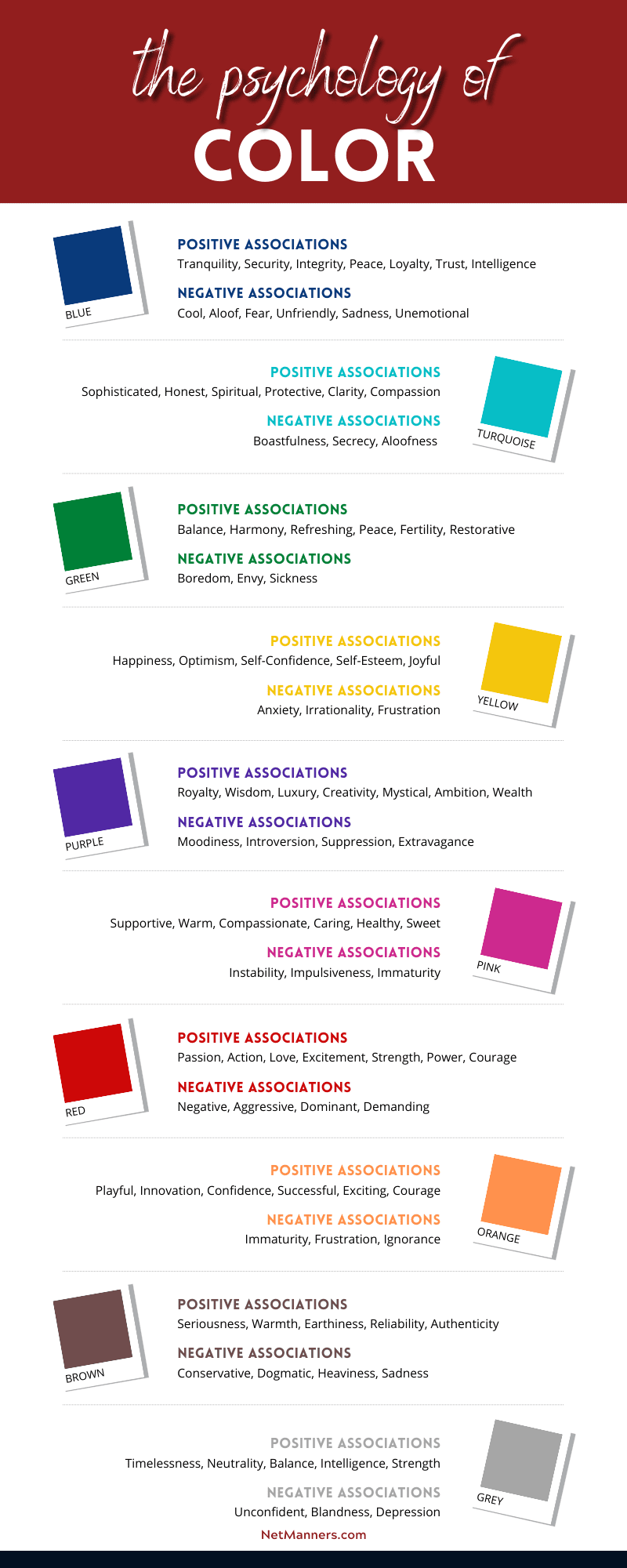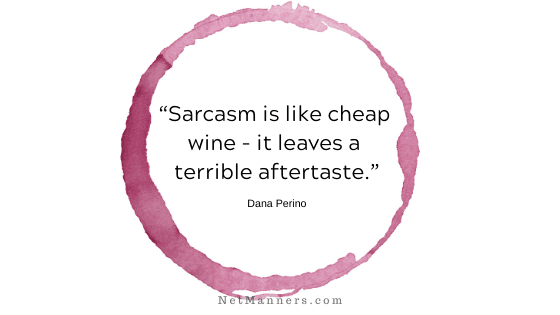Changing Text Color in Email Replies

Does anyone you communicate with change the text of their reply to a different color? If so, have you wondered why or maybe wanted to do the same but weren’t sure if that was a good idea?
Folks do this so that their replies are apparent. Most recipients don’t read every word of every email—they scan. We know this because we do it, too, so they want their response to stand out.
However, we must be careful because psychology involves color choices and how they are perceived.

Why Change Reply Colors?
When communicating with me, you don’t need to worry about distinguishing between our messages. I use a medium grey color for my email text, which differs from the default black. Therefore, you can quickly identify who typed each message at a glance.
I’ve done that forever, but not in the way you may think. When I reply, my email program is configured to change the Sender’s text to a different color—in my case, a warm blue. So, in essence, the Sender’s content is “highlighted” by being a different color, and my replies are obvious below the text I’m replying to (down-editing).
As I mentioned, I do this because I discovered early on that folk’s scan. The same goes for website content. You want any content email or website to be simple and scannable to ensure the best chance of being read.
So, to make it easier for those I am providing advice to, I down-edit my reply below what I am responding to—which is in a different color than my standard text: question (in blue), my answer (grey), statement (in blue), my reply (grey), etc.
Pretty much all email programs have the built-in ability to change text colors. This is something you would like to set up and is on Outlook. Here’s a step-by-step.
Changing Email Reply Text Color is Okay
Changing the color of your reply text is no problem, and it is not an Email Etiquette “faux pas.” I get asked about this regularly, and several folks ask if there is an ulterior motive for doing so.
I did not expect these onliners to have intimated that they don’t like it. It bugs them. Either the color choice is annoying or gets under their skin.
Not sure why.
I get the color choice—colors do have meaning. That’s why you wouldn’t use an aggressive color like red for your reply text. Folks will assume you are angry or aggressive.
Because of this, I use a medium grey for my email text and warm blue for the Sender’s reply text. Neither will instill any emotion or unintended tone and are easy to read.
The bottom line? Keep your text always the same color—black or grey is fine. Then, configure your email program to change the color of the content you are replying to only.
Most importantly, be careful about your color choices. Always choose colors wisely.






